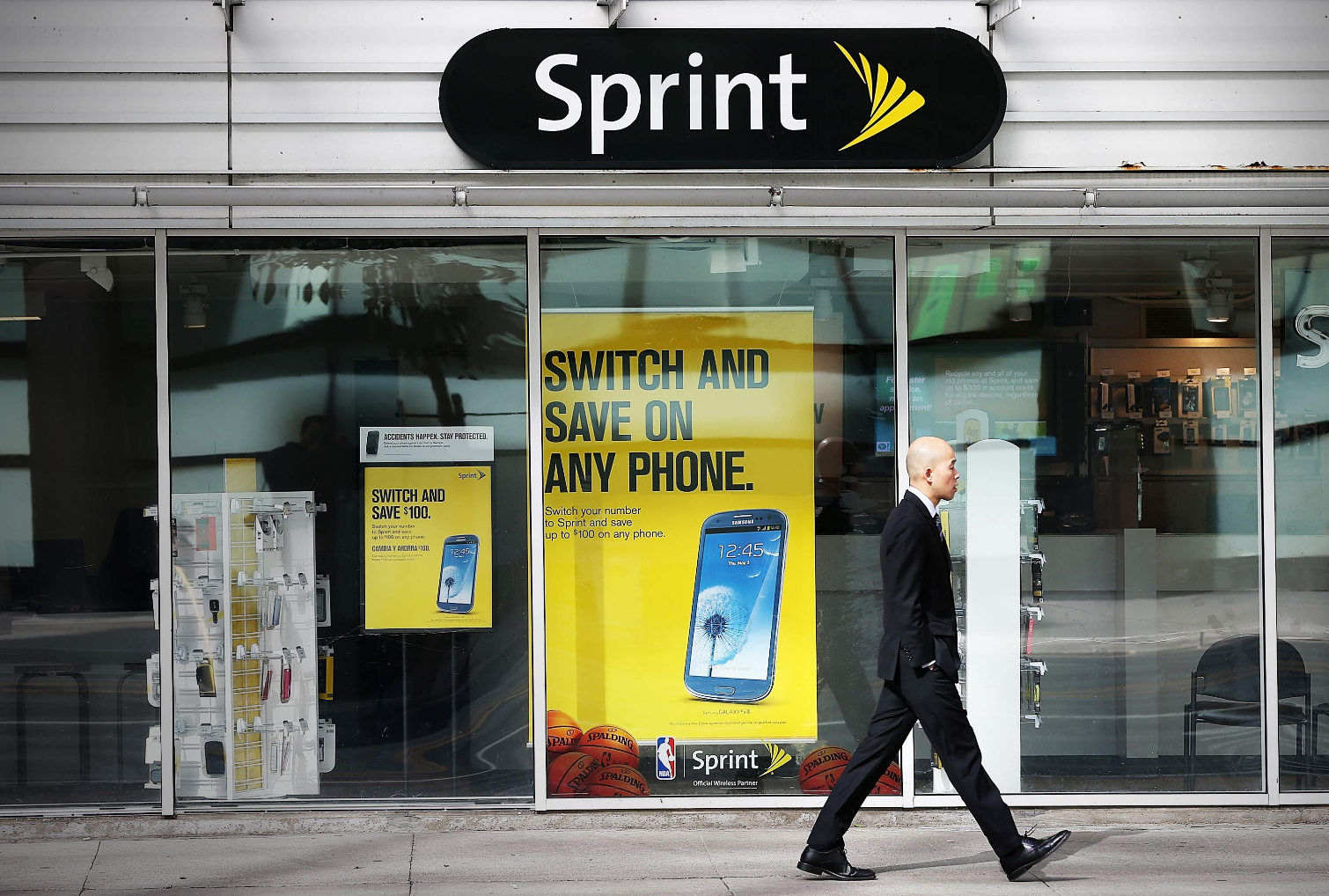Sprint Updates Unlimited Plan: How It Compares
After Verizon unveiled an unlimited data plan that lets subscribers watch video at HD resolution, Sprint followed T-Mobile's lead and tweaked its own plan to mach Big Red.
In a week where carriers are sprucing up their unlimited plan offerings, it's now Sprint's turn to respond to the latest moves from its rivals.
In Sprint's new unlimited plan, you'll be able to stream HD videos. That eliminates a restriction from Sprint's previous offering, where you could only stream videos at 480p resolution on an unlimited plan. Sprint is also upgrading the amount of hotspot data that comes with its unlimited plan and easing other limits on music and game streaming.
| Carrier | Price (For 1 line) | Family Price (For 4 Lines) | Features | Who's It Good For |
| Sprint | $70 Sprint | $90 Sprint | HD video streaming, 10GB of Hotspot data, 1.5Mbps music streaming | Customers who want the lowest price, regardless of network quality |
| T-Mobile | $70 WhistleOut | $160 T-Mobile | HD video streaming, 10GB of Hotspot data | Customers who want a simple bill and T-Mobile's regular freebies |
| Verizon | $85 Verizon | $180 Verizon | HD video streaming, 10GB of Hotspot data | Customers who appreciate Verizon's network performance and reach |
| AT&T | $80 AT&T | $180 AT&T | HD video streaming, no hotspot data | Existing AT&T customers who really want an unlimited data plan |
All this comes in response to Verizon and T-Mobile, which spent the first part of the week jockeying to offer subscribers dueling unlimited data plans. Verizon started the one-upsmanship on Monday when it unveiled its first unlimited data plan since 2011. That $80-a-month plan lets subscribers stream video at HD resolution.
MORE: New Wireless Speed Tests - Best and Worst Carriers
After Verizon announced its unlimited plan, T-Mobile matched Big Red's offer by letting its unlimited customers stream video at HD resolution. It also threw in 10GB of LTE hotspot data, matching Verizon's unlimited plan.
Sprint has essentially done the same thing with its unlimited data plan. Sprint customers will now be able to stream music at up to 1.5 Mbps and games at up to 8 Mbps; previously, those were capped at 500 Kbps and 2 Mbps, respectively.

Sprint is tacking these new features onto an unlimited plan deal it announced earlier this month. One line of unlimited data now costs $50, instead of the usual $60 Sprint charges when you also enroll in autopay. A second line of unlimited data costs $40, while Sprint is waiving the $30-per-line fee for the third, fourth and fifth lines. That means a family of four would pay $90 a month for unlimited data, far below the $180 and $160 Verizon and T-Mobile respectively charge.
There's a catch with Sprint's offer, though. Those savings only last a year. After March 31, 2018, the first line of data goes back to $60 a month, and Sprint starts charging the $30 a month access fee for additional lines. That boosts the monthly cost to $160 for families on Sprint.
With the dust settling after a week of plan shuffling, Sprint continues to offer the lowest pricing on unlimited data, even before its limited-time discount. Both Verizon and T-Mobile can point to better network performance, though, with T-Mobile also dangling weekly freebies as part of its T-Mobile Tuesday giveaways.
Update: AT&T had been the lone holdout on the unlimited data plan front, only offering such a plan if you subscribed to its DirecTV or U-Verse subsidiaries for your TV service. But today (Feb. 16), AT&T dropped that requirement, and you can now get an unlimited data plan — if you want to pay $100 a month for just one line, that is. We've updated the chart in this article to reflect AT&T's new offer.
- Best Unlimited Data Cellphone Plans for One-Person
- Ranking the Cheapest Cellphone Plans
- The Best and Worst Phone Carriers
Sign up to get the BEST of Tom's Guide direct to your inbox.
Get instant access to breaking news, the hottest reviews, great deals and helpful tips.
Philip Michaels is a Managing Editor at Tom's Guide. He's been covering personal technology since 1999 and was in the building when Steve Jobs showed off the iPhone for the first time. He's been evaluating smartphones since that first iPhone debuted in 2007, and he's been following phone carriers and smartphone plans since 2015. He has strong opinions about Apple, the Oakland Athletics, old movies and proper butchery techniques. Follow him at @PhilipMichaels.

